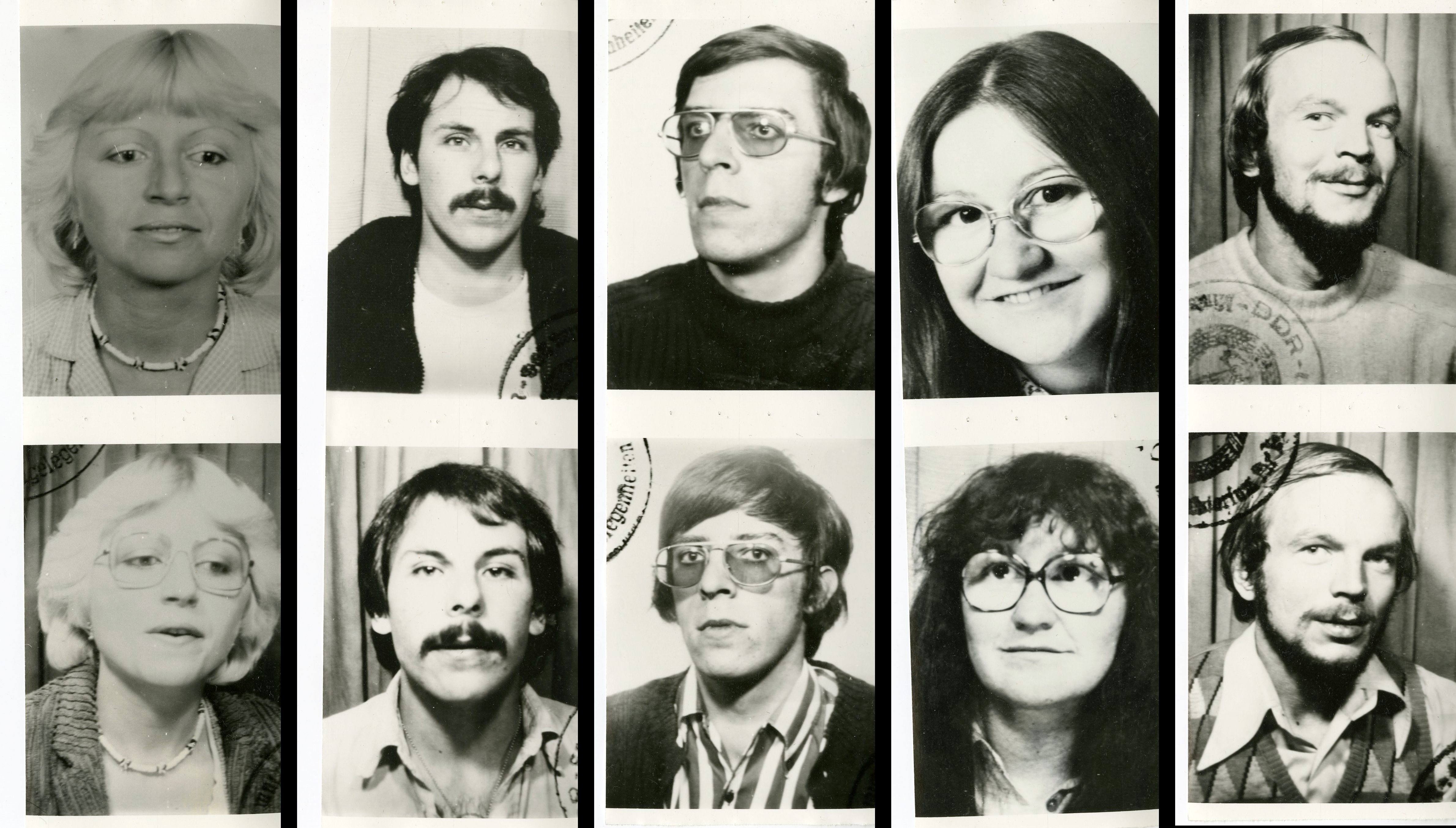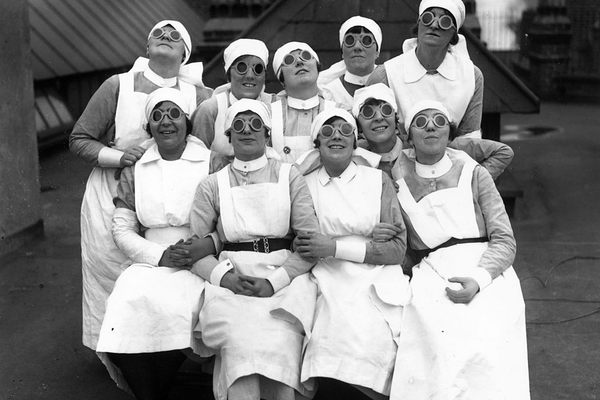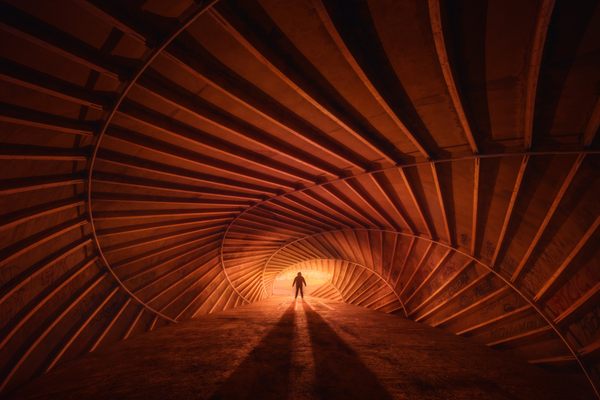See the Flashcards the Stasi Used for Facial Recognition

A flashcard used for training border guards in facial recognition. (All photos: Courtesy The Wende Museum)
When verifying someone’s identity today, the first step is to assess whether or not they look like the photograph they have presented to you. But for the border guards on the Eastern side of the Berlin Wall, this glance was reinforced by three years of training in a very specific system of facial recognition.
Construction of the Berlin Wall began overnight on August 13, 1961; the barrier was later fortified with concrete blocks and electric fences until it stood 12 feet high and stretched for 96 miles. For nearly three decades, it separated East Berlin, a Soviet sector, from the American, British, and French zones that became known as West Berlin. Anyone crossing between East and West Berlin was subject to the scrutiny of armed border guards in 302 watchtowers, such as Major Beter Bochmann.
Bochmann was head of the passport division on the Eastern side of Checkpoint Charlie, the most notorious border crossing. He developed a facial recognition system, designed to teach the border guards to scrutinize faces and look for features that cannot be altered. The aim was to assess the authenticity of passport photos for those who were trying to leave East Berlin.
Bochmann’s drawings, sketches and photos are featured in a new exhibition at the Wende Museum called Facial Recognition, which opens on December 12. Alongside Bochmann’s archive, the exhibition explores theories of identification and its future in a digital age. Below, an eye-opening glimpse at facial recognition in the era of a divided Berlin.

A flashcard used for training at the Friedrichstrasse-Zimmerstrasse border crossing (the east side of Checkpoint Charlie). The guards had to answer the question: Does the photo on the right represent the same person as the photo on the left, and why?





The booklet People’s Physical Characteristics, published in 1970 by the Ministry of State Security (“Stasi”).





Drawings from the Border Guard training materials, issued in 1970, by the Stasi.












Follow us on Twitter to get the latest on the world's hidden wonders.
Like us on Facebook to get the latest on the world's hidden wonders.
Follow us on Twitter Like us on Facebook